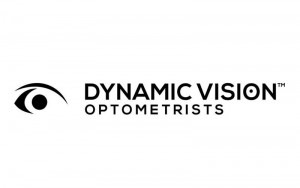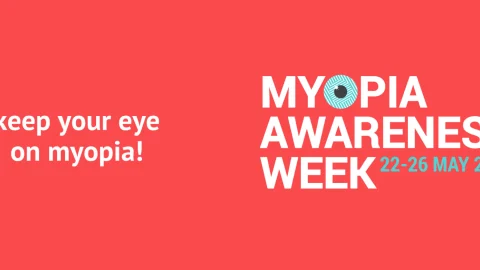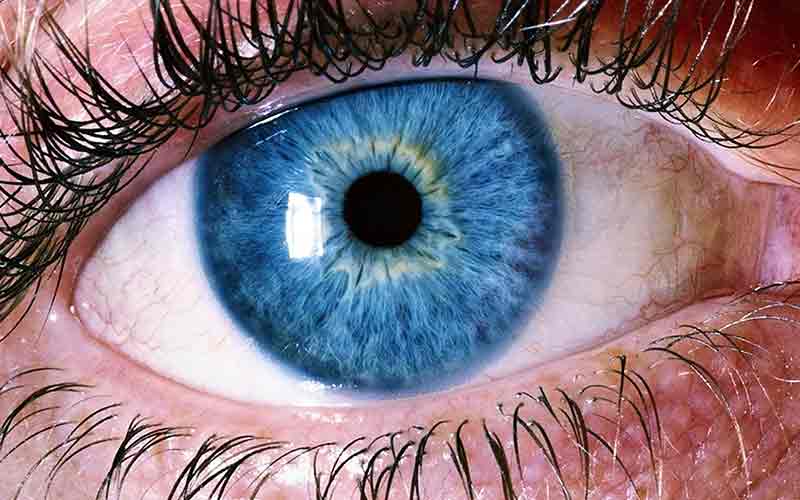Get to the cause of dry eyes this winter
Red and scratchy eyes, episodes of excess tearing followed by stinging, dry eyes and even blurred vision – many people experience the symptoms of dry eyes, especially in winter. The go-to-treatment for dry eyes is typically teardrops. However, instead of simply treating the symptoms of dry eyes, Zelda van Coller, an Optometrist and the owner of Dynamic Vision Zelda van Coller Optometrists, says it’s best to get to the root cause.
“Teardrops certainly offer relief from the symptoms of dry eyes. But, it can’t cure dry eyes and can by no means be considered the most effective treatment. Dry eyes, or ocular surface disease, that is left untreated can lead to chronic inflammation.
“It is always prudent, for the benefit of long term eye health, to find the cause of dry eyes. This is especially true for anyone who has been suffering with dry eye symptoms for some time. An underlying condition known as Meibomian gland dysfunction is now recognized as a significant factor in many cases of dry eye syndrome. Another cause of dry eye is aqueous deficiency when the lacrimal glands don’t produce enough watery fluid to moisten the eyes. Other common causes of dry eye is ocular allergies and auto-immune diseases. These conditions can be treated effectively,” says van Coller.
She has always had a keen interest in dry eye syndrome and did post graduate studies on the subject. She frequently attends workshops and lectures on dry eyes to stay up to date with the latest developments, and continues to work closely with eye specialists to treat dry eyes.
At her practice, Dynamic Vision Zelda van Coller Optometrists in Alberton, she has a topographer and specialized software to conduct comprehensive dry eye tests. These non-invasive tests can test the water-oil balance in the eyes to get to the cause of dry eye syndrome. We are able to examine the tear-film chemistry, volume and stability in much detail. We closely look at the Meibomian glands to determine if they are healthy and we are able to treat them if it is the cause of the dry eye. Our aim is to rehabilitate the tear film.
“We focus on finding the underlying problem causing dry eye. We don’t believe in just prescribing teardrops as a solution” says van Coller.
According to van Coller, there are various factors that can contribute to dry eye, such as:
- Medications including antihistamines, decongestants, antidepressants, birth control pills, and hormone replacement therapy.
- Advancing age, with people over 50 more at risk of developing dry eye.
- Disorders such as lupus, rheumatoid arthritis, thyroid disorders, and Vitamin A deficiency.
- Hormonal changes in women during pregnancy and after menopause.
- Windy, smoky, or dry environments.
- Seasonal allergies.
- Extensive use of computers and other screen devices.
- Patients receiving chemotherapy.
- Contact lens wearers.
As the causes of dry eye syndrome vary, so do treatment options. Patients are given a full report after dry eye testing at Dynamic Vision Zelda van Coller Optometrists. If the inflammation is severe and cannot be treated at the practice, they are referred to an eye specialist.
For symptomatic relief of dry eyes, the practice has a Blephasteam system for steam treatments. Blephasteam is a patented medical device that harnesses the power of moisture and heat that helps to increase blood flow to the eyes and melt away waxy meibum to help relieve dry eyes. After a few sessions, patients enjoy relief from the symptoms of dry eyes, with oil flow and tear quality from their eyes dramatically improved. The Blephasteam is also used to warm up the eye lid before using other specialized equipment that is able to open the Meibomian glands if they are blocked.
“Blephasteam works well for most patients with dry eye syndrome. This includes patients with Meibomian gland dysfunction and its associated conditions. We definitely advocate this treatment for patients who have chronic dry eyes. Nobody should have to rely on using teardrops on a daily basis in order to cope with the uncomfortable symptoms of dry eyes,” she says.
She offers a few tips for dealing with periodic dry eye:
- In winter, use a humidifier or a quality air filter to keep air around you moist.
- Cut back on the amount of time you spend staring at your computer screen and other devices.
- Try to blink more often while working at the computer. Research shows that we tend to blink less when on the computer and this contributes to our eyes drying out.
- Check your medications for any side effects causing dry eyes.
- Gently massage your lower and upper eyelids several times daily.
- If you are often in a windy area, wear a pair of wraparound sunglasses to reduce the chance of wind blowing directly into your eyes and drying them out.
- Limit your exposure to fans, heaters and air conditioners which can contribute to eyes drying out.
- Avoid cigarette smoke.
- Ask your optometrist on treatments available at the practice- like gland evacuation and debridement, blephasteam treatments etc .
“It is important to consult your eye care practitioner if you continue to experience symptoms of dry eyes,” concludes van Coller.
Issued on behalf of Dynamic Vision by Echo Square PR. For more information please call Vickie Slabbert on 082 411 7602 or e-mail vickie@echosquare.co.za










